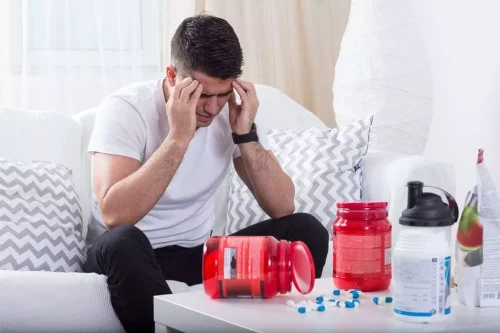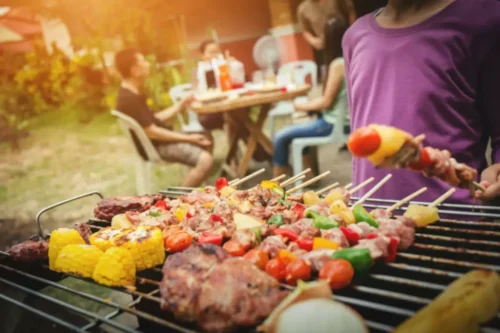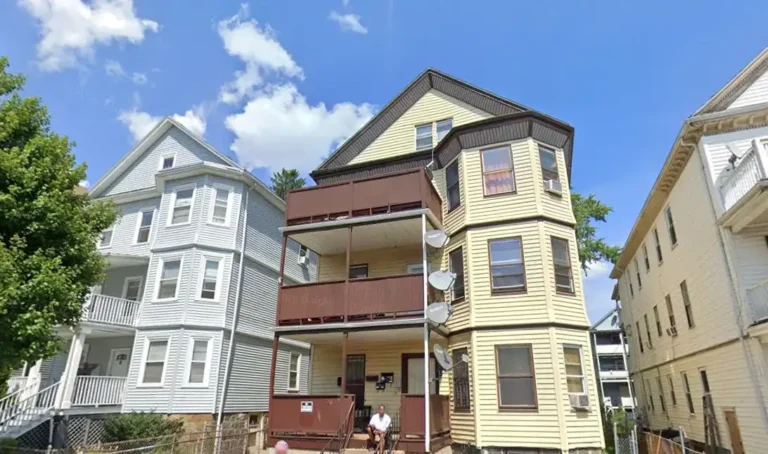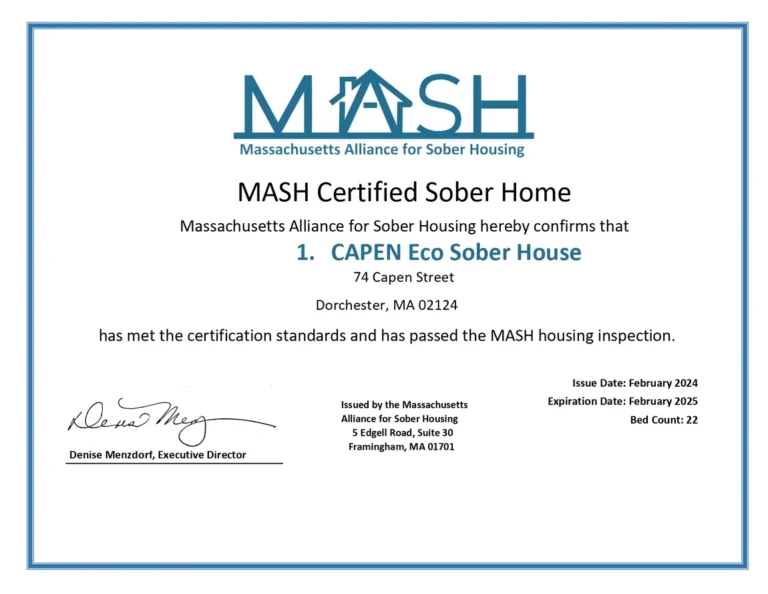Relapse Triggers People, Places & Things Causing Cravings

When possible, people should always work to avoid and escape the people, places, things and situations that create triggers. If a person knows that walking down a certain street will bring on cravings, stay away from that street if possible. Incorporating mental wellness into your recovery plan is necessary, and learning what healthy coping mechanisms look like is one way you can start. Now that you have an understanding of what kinds of triggers there are, you can start identifying what yours might be. As mentioned above, taking steps to prevent triggers from occurring can reduce your chances of returning to substance use.
Ways to Help Someone Who Gets Triggered
Each time a person is triggered is a learning opportunity that can help manage reactions in the future. If a person can’t control the trigger fully, they may be able to limit the emotional reaction to it before it becomes problematic and harder to address. Anything that offers a little control over mental illness can help keep us well. External triggers are factors outside of yourself that make you want to use drugs. These triggers may involve people who influence cravings, such as drug dealers, coworkers, friends, spouses, partners and employers.
Let’s talk about your recovery
Using a combination of medical, clinical, psychiatric, and holistic approaches, our highly skilled professionals will help you heal your mind, body, and spirit. External triggers involve conditions or environments that can prompt substance use. They are external factors or situations that remind one of past behaviors. If you are starting to consider relapse, you may find that you are exposing yourself to possible triggers, even subconsciously. If you find yourself in high risk situations that could trigger a relapse, you should immediately reach out to someone that you can trust and who is supportive of your recovery. Talking through the trigger and enlisting someone else’s help can provide you with the motivation and assistance needed to overcome the trigger and stay sober.
- If you or someone you love is struggling with substance abuse, Summit Behavioral Health is the place to turn.
- Understanding what triggers you to relapse and having a plan in place for these triggers are your first steps toward prevention.
- The solution to overcoming this relapse trigger is to learn how to channel your positive feelings in a positive way, without the use of substance abuse.
- Let’s learn a bit more about these triggers and how we can manage them outside addiction treatment.
- On average more than 85% of individuals are susceptible to relapse in the following year after drug and alcohol treatment.
- The complex combination of these factors determines the addiction process.as well as Drug use affects each factor differently.
How to Recognize Internal vs External Relapse Triggers
Some researchers believe that the brain stores memories from a traumatic event differently from memories of a non-traumatic event. However, Mezulis notes that even people without a history of trauma can be triggered when something elicits a strong emotional reaction. Trial and error can help each person determine what works best for them. Remember that different coping strategies may work for different triggers and emotions. Many different stimuli can be possible triggers, and they are often strongly influenced by past experiences. Our Triggers worksheet will introduce your clients to triggers with a simple definition and tips, while guiding them through the process of identifying their own triggers.

Positive Feelings Trigger Relapses

While holidays are a time of celebration for some, they may be a struggle for people in recovery. Family and friends often tempt those in recovery to consume alcohol because they are under the misconception that one deviation from the treatment plan will not be detrimental. Recognizing and managing triggers is crucial for anyone navigating the recovery process https://ecosoberhouse.com/ from addiction. Internal and external triggers can dramatically impact one’s journey toward sobriety. Here we delve into detailed examples of each, providing a comprehensive look at the triggers you might face and strategies for managing them. Because of this, there isn’t one “right” way to successfully respond to or protect oneself from a trigger.
This is of especial interest when only limited effects have been documented by pharmacological treatments, for example in the drug addiction (Dakwar and Nunes, 2016). This therapeutic fact of giving a new meaning to the trigger does not exclude the traditional therapeutic avoiding of the trigger, internal vs external triggers which is an urgent aim at the beginning of the treatment. Nevertheless, after that initial phase, the inner problem should also be addressed. Actually, both are necessary, one to get initial abstinence and the other to help the addict to resolve the frustration underlying drug addiction.
Understanding Internal and External Addiction Triggers
Old Places And Hangouts Can Trigger Relapse




Hinterlasse einen Kommentar
An der Diskussion beteiligen?Hinterlasse uns deinen Kommentar!